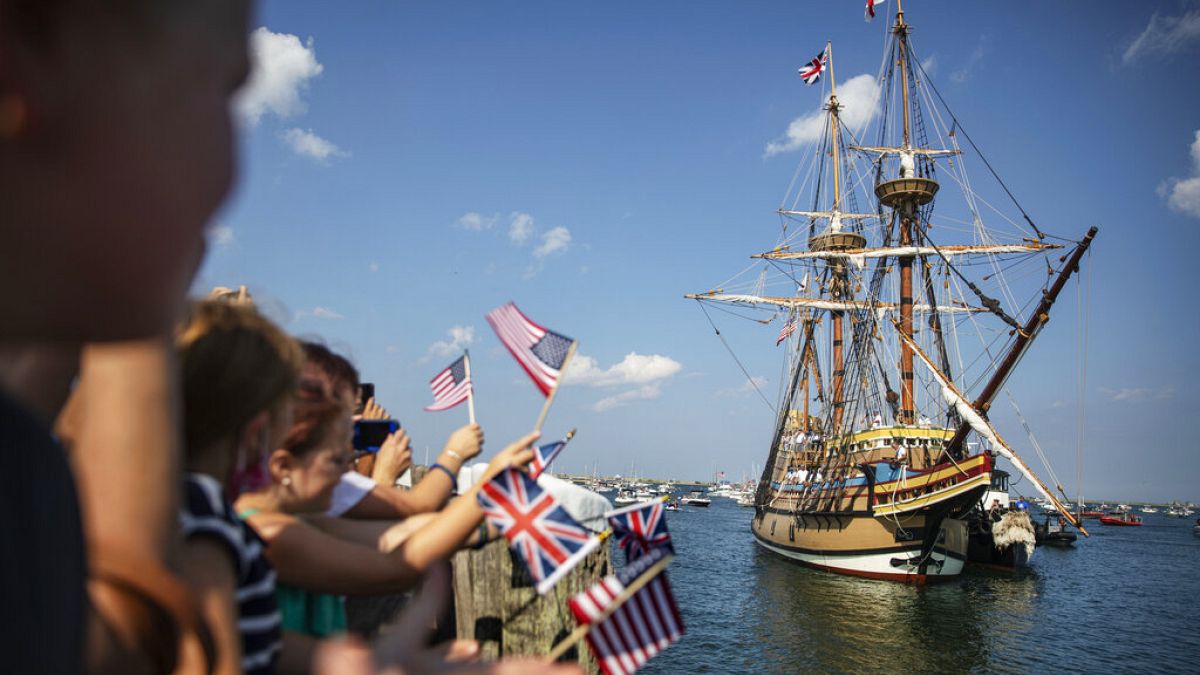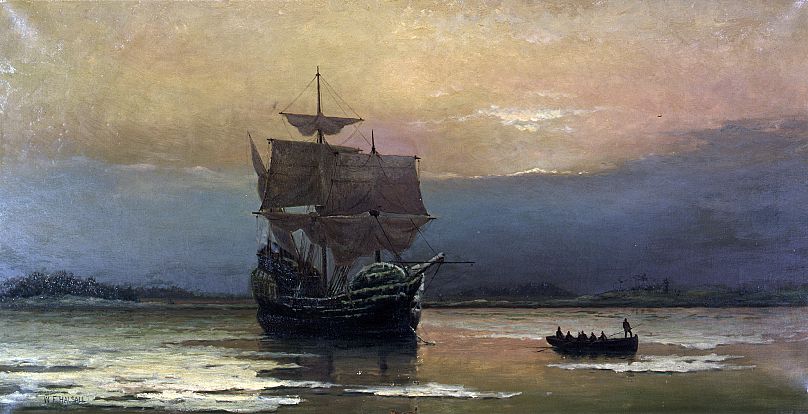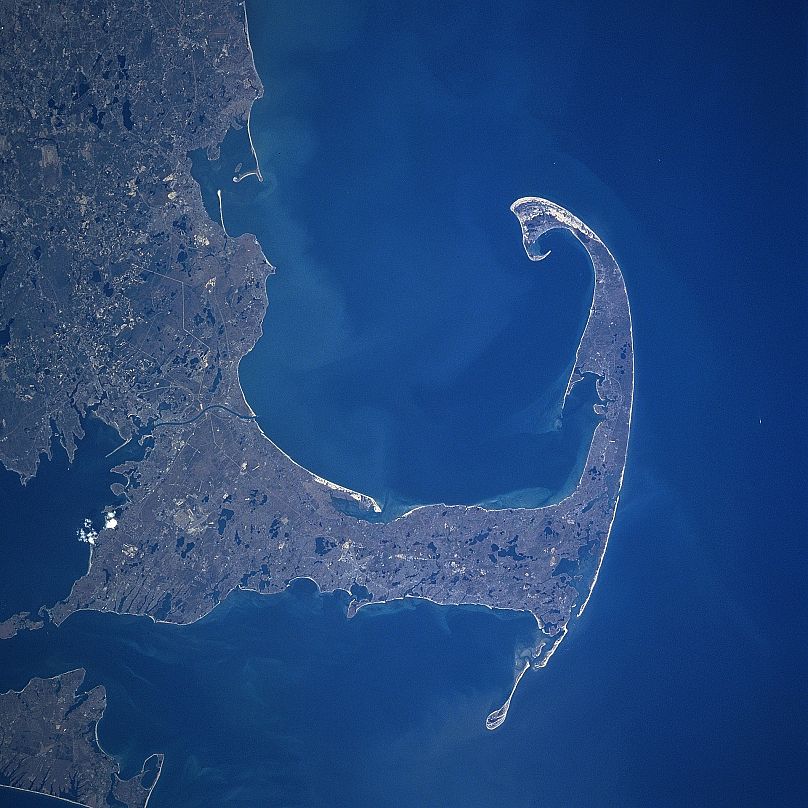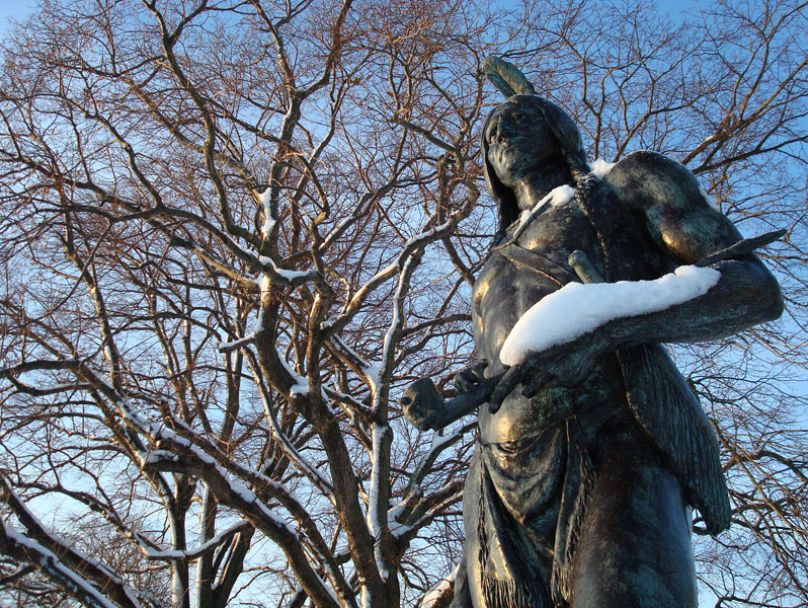The pilgrims built a new life in Plymouth, Massachusets, in 1620. The area's original inhabitants paid a heavy price.
On November 11, 1620, the Mayflower dropped anchor near Cape Cod after a gruelling 66 day-crossing of the Atlantic.
Aboard were 102 passengers and 30 crew, divided into groups known as "Saints" and "Strangers", the former religious pilgrims fleeing persecution in England and the latter an assortment of adventurers, traders and tradesman seeking a new life in America.
It was not the first time that an English ship had arrived in North America with the aim of setting up a colony. In 1607, English colonists founded Jamestown, Virginia, near the north-east bank of the James River in what is now the US state of Virginia.
But it would be the first - and by no means the last - colony set up largely along religious lines, by so-called puritans fleeing England. England’s church may have reformed since Henry VIII’s split from Rome a century earlier, but it was no more tolerant of dissenters than the Catholics.
Cape Cod
Led by William Brewster, many of the pilgrims had already fled England once, having spent the last 12 years living in Leiden, Holland. But the pilgrims struggled in Holland and fears of a new war between the country and Catholic Spain persuaded them to strike out once again.
Originally, two ships were due to take the passengers to the New World, but after the smaller vessel - the Speedwell - sprung a leak, all passengers the crew had to pack onto the Mayflower.
The voyage across the Atlantic was, even by standards of the time, horrific. Battered with storms, the pilgrims were so seasick that many could not stand up. For 66 days, the ship navigated mountainous seas, often drifting without sails because the weather was so bad.
The pilgrims scouted a few sites for their colony, at one point stumbling on a cache of buried corn which they dug up and took back to the Mayflower. As well as corn, they found graves.
The Native Americans that watched this curious party trek through their land and steal their corn had seen foreigners before. A few years earlier, diseases brought by English sailors had ravaged the Wampanoag community in this part of the continent.
The Native Americans referred to the disease as ‘the Great Dying’ and it had only eased in 1619, a year before the Mayflower dropped anchor. Explorers during those years described a ‘plague’ that had left entire plantations abandoned and the region all but emptied of people.
Plymouth
Little surprise, then, that the colonists’ first contact with the natives didn’t go well. On an earlier recce, when some of the pilgrims had spent the night ashore, they were attacked with arrows by members of the Nauset tribe, who had lost friends the family to the plague.
After settling on Plymouth, the colonists spent a bitter winter aboard the Mayflower, where many of them died from illness. The following year, they built the settlement’s first fort and watchtower, with the first common house finished on January 1621. By February, a house had been built for each of the 19 families. By this point, only 47 of the original colonists were still alive.
Early that year the Mayflower, captained by Christopher Jones, headed back to England, completing the journey in half the time it took to reach America.
In March 1621, the colony had its first visitor from the owners of the land they were now living on: Samoset, a Sachem, or chief, of the Wampanoag tribe. He spoke English, as did his friend, Tisquantum, who joined Samoset the following night in a visit to the colony.
Through the native Americans, the colonists learned to plant corn and were finally introduced to the chief of the Wampanoag, Ousamequin, and the chief of the neighbouring Pokanoket people, Massasoit. The Wampanoag hoped that good relations with the colonists would help them in a struggle with another Massachusets tribe, the Narragansett.
After a bumper harvest in autumn 1621, the 53 remaining settlers invited their Wampanoag allies to join them for a massive feast, thenceforth known as Thanksgiving.
Boston
In the years that followed, many other ships packed with Puritan pilgrims would arrive on the shores of America including, in 1630, John Winthrop, who founded the city of Boston.
But the cordial relations between native Americans and colonists did not last long. The arrival of smallpox devastated the native Americans while violence between colonists and tribes over land increased throughout the 1600s. In 1675, the Wampanoag, under its new king, Metacom (known as King Philip to the colonists) mounted an uprising against the colony.
Over 14 months, the two sides fought a bitter conflict that resulted in the destruction of the Wampanoag and their allies and, finally, the killing of Metacom.
It was a pattern that would be repeated across the United States over the next 200 years.
But the voyage of the ship has become part of the integral foundation story of the United States, and the 400-year-anniversary of its departure and arrival in the New World is being marked with events across America. It is also marked in the UK, where the bulk of the passengers hailed from.
As for the Mayflower itself, its fate after returning to England remains a mystery, although some historians argue that it was scrapped for timber and that its wood was used to build a barn.



